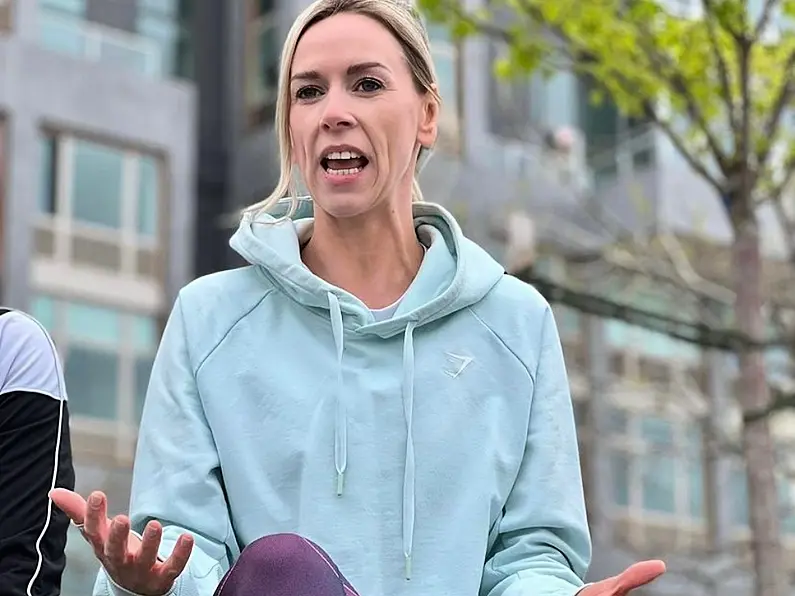This week on The Period Panel, Shelly Hackett shared how being knowledgeable about your menstrual cycle can improve your physical and mental health.
The menstrual cycle can be broken up into two phases. The first phase is the follicular phase. The second phase is the luteal phase.
Phase one starts on the first day of the bleed. At this point oestrogen and progesterone levels are very low. This may cause feelings of fatigue, having low energy and the cravings for unhealthy foods.
Each person’s cycle is different, and they can range from 28 to 40 days. Ovulation comes halfway through the cycle.
During ovulation, oestrogen levels are at their highest making this the most “social” part of the cycle. People tend to feel their best during this part of the cycle health and confidence wise.
“In the ovulation phase you will see that as our hormone oestrogen increases, we start to feel a little bit more outgoing, we start to feel good about ourselves, we start to feel confident,” Hackett said. “We want to move around. It is a very social time in our cycle because we are technically looking for a mate so in that period you will start to feel like Wonder Woman. That’s the most powerful part of your cycle.”
Hackett said she thinks menstrual cycles should be tracked the same way any other vitals are tracked and recorded. The menstrual cycle does have an impact on overall health.
"We can't control these hormones...our whole body is made to reproduce, it has a job to do, and we are just riding that wave," Hackett said.
New research is currently being developed about how menstruating athletes perform during different phases of their cycles.
New studies have suggested that menstruating athletes may be more prone to injuries during ovulation due to elevated levels of laxity in the ligaments.
“Their theory so far to date is that there is more laxity in the ligaments…at a certain point in the cycle. So the ligaments are not as strong or as tight at what they are…and their theory is that it actually happens going into the ovulation stage,” Hackett said.
This is one of the many reasons Hackett said she advocates for trainers and coaches to talk openly about periods with their athletes. Being aware of potential risk and health factors can prevent injuries.
Lacking in focus during the more straining parts of the menstrual cycle can also lead to injuries on the pitch.
Having open and clear communication between coaches and athletes can allow for training to be catered towards the athlete’s needs.
As a trainer, Hackett said she has discussed the effects of scales and the menstrual cycles. During the menstrual cycle, people may retain water differently. In fact, the water retention can cause up to five pounds of weight fluctuation during the menstrual cycle.
So, when Hackett is discussing goals with her clients she said she often encourages them to measure the inches of their waste rather than their weight on the scale.
To watch the full interview with Shelly Hackett, click the link below.












